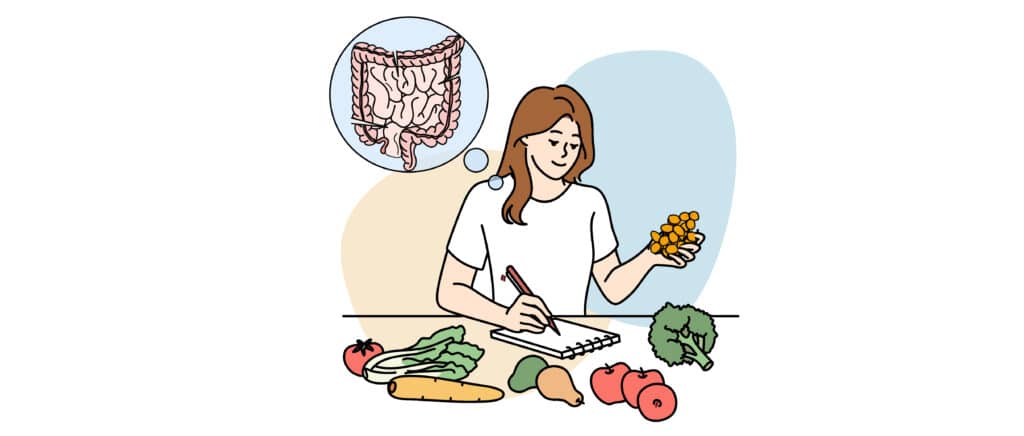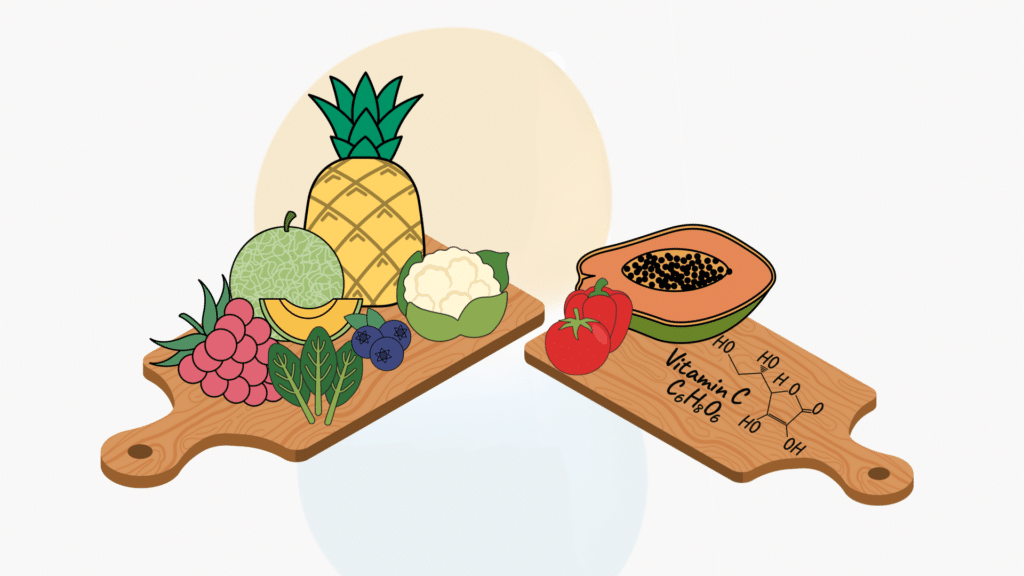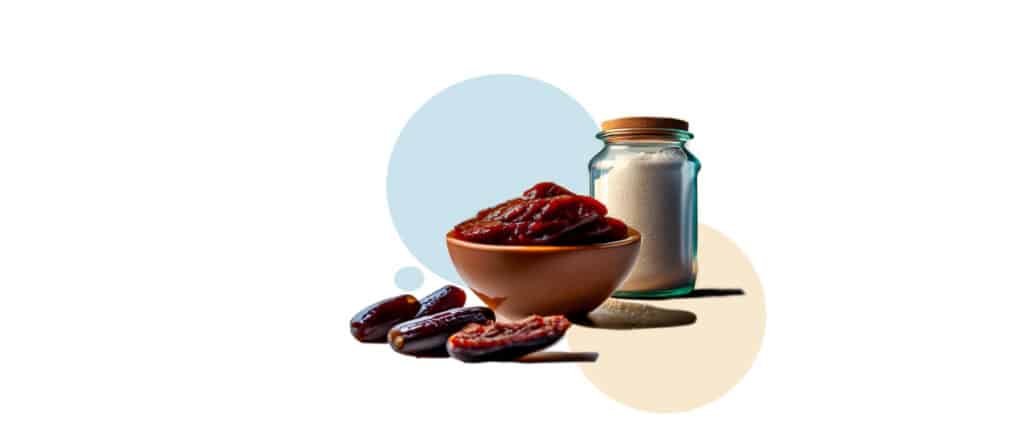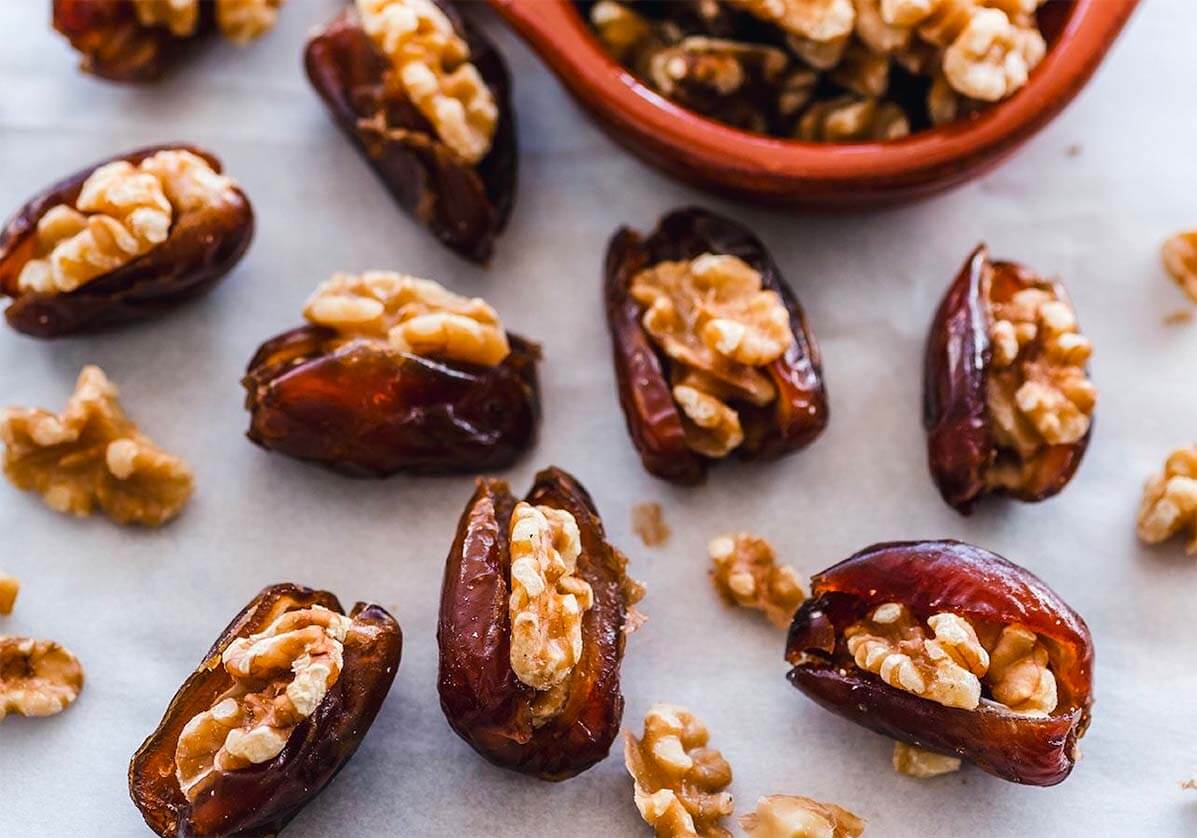Dates and a Vegan Diet
- All About Dates Dates in Diet
- December 1, 2021
- 17 minutes read
Diet Description
A vegan diet is a completely plant-based way of eating. It does not include any form of animal products. Vegans don’t eat meat, fish, eggs, dairy, or other foods that contain animal byproducts. Even without meat on the menu, there are numerous ways to creatively build balanced meals. Dates and a vegan diet emphasizes an array of plant-based foods. These will all contribute to an overall healthy lifestyle.
Diet Purpose
There are several reasons why an individual may choose to follow a vegan diet. To start, a vegan diet can greatly improve one’s health. Vegan diets are usually higher in fiber, vitamins, and minerals. These include magnesium, folic acid, vitamin C, and vitamin E. There is also a lower risk of common diseases like cardiovascular disease (CVD), obesity, type 2 diabetes, and some cancers.
In addition to human health, a vegan diet positively impacts the health of the planet. Plant-based foods use and produce far less water, space, and carbon emissions. All of these are a growing concern for the environment. Veganism also contributes to countering ethical concerns. These are brought about by the environmental damage from industrial farming practices. Supporting animal rights is a major factor for many vegans. In fact, it may extend to clothing and other lifestyle choices.
Dates and a Vegan Diet
Known to be healthy and versatile, dates are a very nutritious food that can play a role in a vegan diet. They are vegan-friendly and nutrient-dense, providing minerals like selenium, copper, potassium, and magnesium. Additionally, this fruit is a good source of antioxidants and fiber.
Dates can be a great snack by themselves. They may also be thrown into a smoothie or added as a key ingredient for dessert. Despite being a dried fruit, dates are sweet, juicy, and perfect for vegan baking. Additionally, their long shelf life makes them a vegan pantry staple.
What to Eat
Vegan diets are a relatively new trend. Regardless, staple plant-based ingredients have been around for a long time. Besides fruits and vegetables, there is a large variety of vegan food that is widely available. Think grains, legumes, oils, plant-based milk, nuts, and seeds. When one is first starting a vegan diet, it can be helpful to learn which foods are vegan-friendly. It is also important to find out which foods are necessary for a vegan diet.
There are a few nutrients that can be harder to get on a vegan diet. It’s important to be mindful of these necessary nutrients and eat a variety of plant foods. Vegan diets lacking adequate nutrition can lead to deficiencies in the long term. Here’s a list of vegan foods to eat. They will help you meet your needs for these commonly needed nutrients.
Nutrient | Vegan Foods to Eat |
Protein | tofu, tempeh, seitan, lentils, beans, nuts/seeds, plant-based meat alternatives |
Vitamin B12 | enriched breakfast cereals, fortified soy products, nutritional yeast, or supplements |
Vitamin D | fortified milk and orange juice, sunlight, supplements |
Calcium | soybeans, fortified milk, dark leafy greens, beans, almonds |
Iron | soybeans, lentils, chickpeas, fortified cereals |
Zinc | nuts, legumes, whole grains |
Omega-3 fatty acids | flaxseed, walnuts, canola oil, soy |
When it comes to creating a vegan grocery list, there are a few things to keep in mind. With any trip to the grocery store, it’s important to plan ahead. For vegans, meal planning is even more important. It will ensure that your meals are nutritionally balanced, as well as include the necessary proteins. Unlike meat and animal products, plant-based sources of protein do not contain the complete list of essential amino acids. Therefore, eating a variety of plant foods and protein is the best way to get all of the necessary protein needed by the body.
Eating plant-based doesn’t have to break the bank. Vegan pantry staples are cheaper. However, the specialty vegan alternatives can hike up the grocery bill. Making vegan food yourself is the best way to save on your budget. Buying vegan ingredients in bulk is another way to save and stock up.
With the rise in popularity of plant-based eating, vegan foods are now relatively easier to find. There are vegan options and new foods popping up everywhere, including beyond the grocery store. Restaurants, fast-food chains, and popular staple items are introducing vegan-friendly options that are here to stay.
What to Avoid
Vegans don’t eat animals or anything that comes from an animal. These include all meat, seafood, eggs, animal-based yogurt, milk, butter, and cheese. It may seem that the list of vegan foods to avoid would be straightforward. However, there are a few non-vegan ingredients that aren’t as easy to recognize. The list of animal byproducts can be hidden in different foods. These include candy, desserts, supplements, and other processed foods.
Non-vegan Ingredient | Animal Source | Foods with Ingredient |
Carmine (red dye) | Cochineal beetle | Candy, soft drinks, popsicles, canned foods, syrups |
Gelatin | Animal collagen | Marshmallows, gummy candy, jelly |
Honey/Beeswax | Bees | Sweetened beverages/packaged foods, candy, gum |
Lanolin | Sheep’s wool | Vitamin D supplements and fortified foods |
Refined cane sugar | Most often produced using animal bone char | Packaged foods, cereals, beverages, candy, desserts |
Rennet | Enzyme from calves | Cheese, whey-based protein powder |
Shellac | Secretion of lac bugs | Candy, gum, coating on fruit |
Reading the ingredient list is the best way to know if a food item is truly vegan or not. One must also be wary of packaged foods with a “plant-based” claim displayed on their products. This label doesn’t guarantee that it is 100% vegan friendly. Unless a product has the Certified Vegan Logo stamped on the front, one must always check the ingredients list.
Conclusion
A vegan diet is a way of eating that completely removes animals and animal byproducts. There are a few different reasons why an individual may choose a vegan diet. These include personal health, the environment, and animal rights. There must be an emphasis on eating a variety of plant-based foods, which include dates. Through this, one can eat a balanced vegan diet that can meet nutritional needs. Learning which foods are vegan-friendly, planning meals ahead, and reading ingredients labels are a few ways to be successful on a vegan diet.









